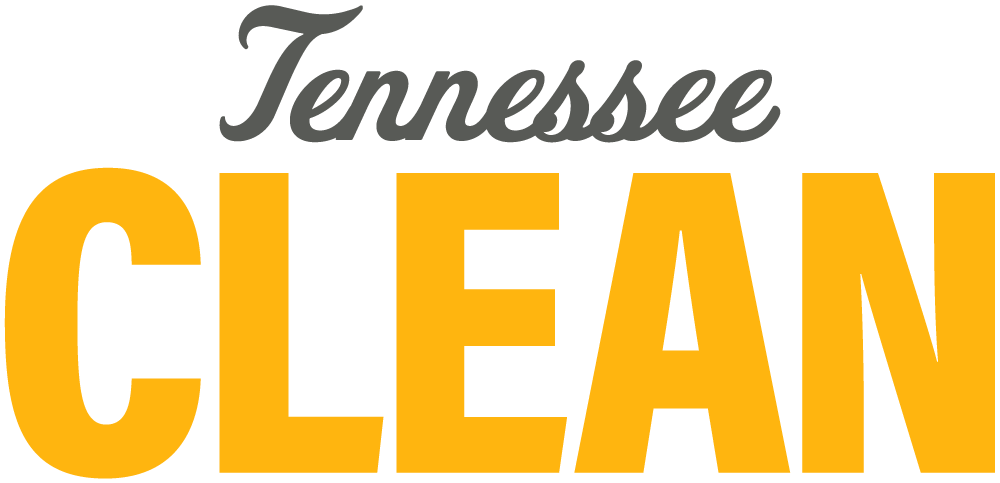Litter Cleanup in Tennessee—We Can Do This
Opinion article by Dr. Jim Byford as it originally appeared in the Weakley County Press June 29, 2021.

Tennessee—from its eastern mountains to western river valleys—is one of the most beautiful and diverse states in the country. But it has a litter problem—one we can fix, if we come together and make a plan. Reducing litter is not rocket science—we can do this.
Littering and dumping means to discard unwanted material. We litter and dump, because it’s free and easy, and/or we don’t have any other place to put it. We don’t recycle or re-use, because it’s not convenient and there’s no incentive to go to the trouble. So—if we provide a place for proper disposal, and make it more convenient—and lucrative—we will have made great strides in solving the problem.
Some materials don’t lend themselves to recycling or re-use—such as construction material scraps, old furniture, brush, fallen tree limbs, etc. And unfortunately, most counties don’t provide a place for its citizens to get rid of it. That leads to unsightly, and sometimes dangerous, roadside dumps in rural areas.
Properly-run landfills, with an adjacent location for repairable items (for people to pick up) is one way to deal with it. But, I’m a fan of incinerators. I have seen a couple of areas where this worked well—one in a very rural area, and one in an urban area. The rural site covered no more than 1 or 2 acres. As soon as a citizen unloaded onto a concrete pad with a vertical concrete backing, a driver on a tractor with a very large front-end loader scooped it up and dumped it into a continuously-burning incinerator. The urban incinerator was underground and citizens dumped directly into the inferno below. That system served a population of perhaps 35,000 people, and heated and cooled city buildings located a block or so away. Ash from such incinerators can be mined for metals, glass, and other recoverables—and the remaining sludge used for fertilizer. With modern incineration technologies (e.g. gasification, pyrolysis, thermal oxidation, and other smokeless methodologies), incineration can be relatively clean, efficient, and energy producing.
I believe most Tennesseans would recycle, if it were convenient—but especially if there were financial incentives. Notice that I never mention the word “waste”—that’s because all of these unwanted materials have value, if we can only take them from where they’re not wanted to where they are. And we have to provide the scale and price that would be attractive to buyers. With plentiful collection containers, and an efficient way to gather it often, this is doable in our larger cities—because these population-dense areas can produce the volume to attract companies to buy and pick it up. Not so easy in rural areas. This could be addressed, though, if rural counties would join together to create convenient collection sites—to collect recyclables from a cluster of counties. This way, there would be enough volume to attract buyers.
Again, this is not rocket science. We know how to do it. The question is—do we have the resolve? Our kids, our state’s visitors, and our tourism industry surely hope so. I think deep down inside—we all do.
To learn about one initiative trying to solve Tennessee’s litter problem, visit tennesseeCLEANact.org.

